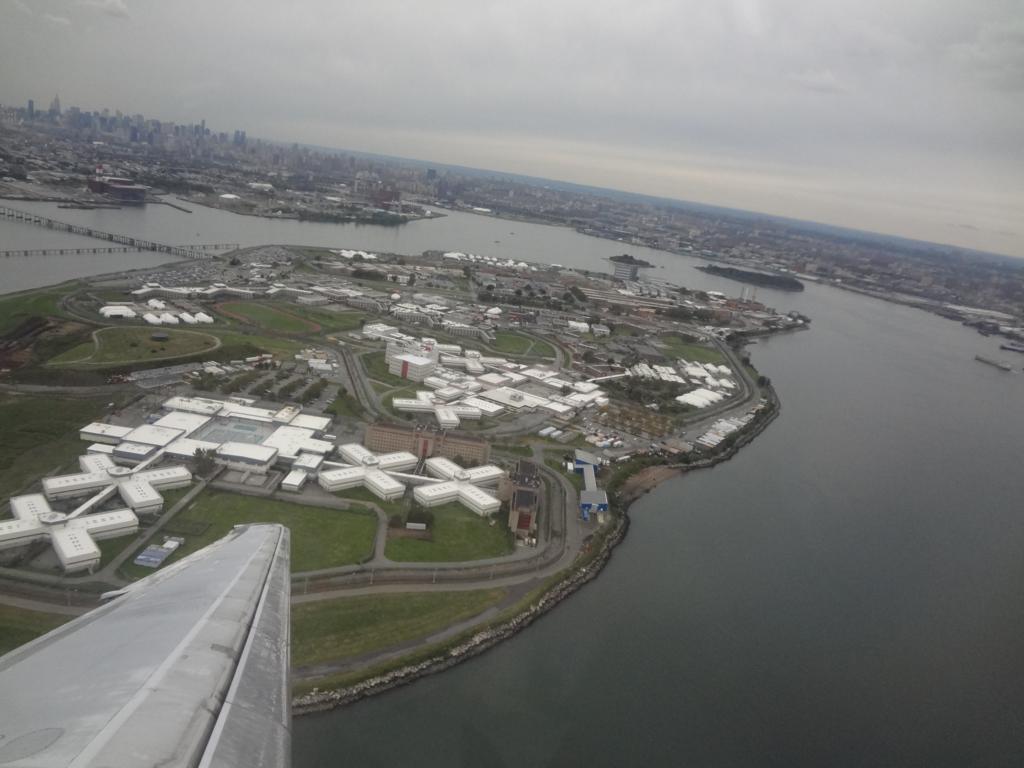by: Adam Roberts
For years, advocates have pushed to close Rikers Island. Conditions for detainees in the infamous jail have long been inhumane due to the physical state of the buildings and treatment by correctional officers. When the Independent Commission on New York City Criminal Justice and Incarceration Reform released its “A More Just New York City” report, the Mayor and City Council acted to close Rikers and replace it with four Borough-Based Jails.
After years of planning and progress, recent events have thrown the status of the jails into question. Lawsuits have arisen from neighborhood groups in Manhattan, Queens, and Brooklyn who do not want the jails in their communities. Last week, a judge ruled that the City’s process for the Manhattan Jail had skipped steps in the review process, potentially forcing the Mayor and City Council to restart planning from the very beginning. This could halt planning until a new Mayor and City Council take office in 2022.
Another challenge for the Borough-Based Jails has been the City’s budget crisis. The City faces a $9 billion deficit caused by a huge drop in tax revenue during the pandemic. With the State in terrible financial shape and the Federal government refusing to aid, the City’s financial future looks bleak. Furloughs are underway for thousands of workers, while tens of thousands are to be laid off in the coming months. In this time of fiscal crisis, it remains to be seen whether policymakers want to push forward with the $9-billion jails.
Support for the new jails has waned among architects as well. Architecture critics like Justin Davidson and Michael Kimmelman have been skeptical of the jails and whether they could be “humane.” In the wake of this summer’s protests over police brutality, architects have further considered whether it is ever possible to build a “humane” jail within the current justice system. Therefore, AIANY has changed its own policies around criminal justice facility design, calling on architects to participate no longer in the design of these facilities. As the City reconsiders the future of its correctional system, AIANY will fight to ensure that detainees are treated with dignity and respect. Rikers must be closed, though whatever replaces it must not be Rikers-like, but truly rehabilitative.
Pulse Points:
- With the 2020 general election in just a few weeks, critical voting deadlines are fast approaching. The voter registration deadline this year is Friday, October 9 and absentee ballot requests are due by Tuesday, October 27. Also, early voting will last from Sunday, October 24 to Sunday, November 1. You can find a list of early voting sites here.
- Due to a court decision, you now have until Saturday, October 31 to complete your 2020 US Census. Census results help determine the level of funding New York receives for capital projects, making it integral to the livelihoods of New York architects.
- In partnership with NYCxDesign, the NYC Economic Development Corporation, and Design Advocates, AIANY has launched the Design Corps, a group of volunteer architects who assist restaurants in reopening as government-mandated closures are relaxed.
- Last year, the Climate Leadership and Community Protection Act (CLCPA) was signed into law by the Governor. It sets ambitious climate goals, aiming to get the state to net-zero emissions by 2050. Sector-specific Advisory Panels will detail the emissions reduction strategies that the state will pursue. Two AIANY members are serving in these Advisory Panels: Porie Saikia-Eapen, Director of Environmental Sustainability and Compliance at the MTA, and Gina Bocra, Chief Sustainability Officer for the NYC Department of Buildings.








